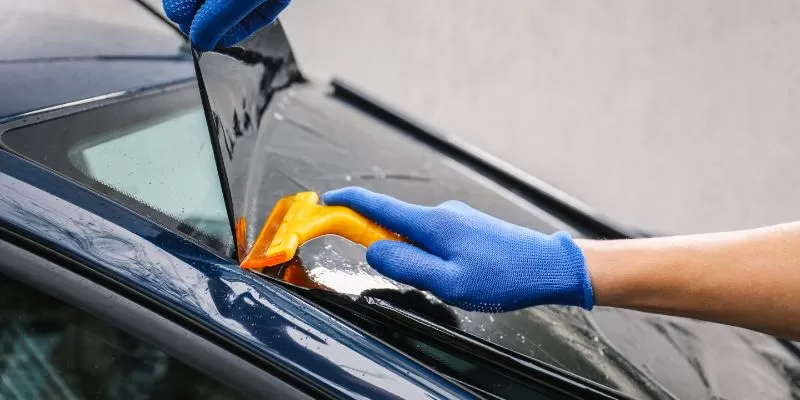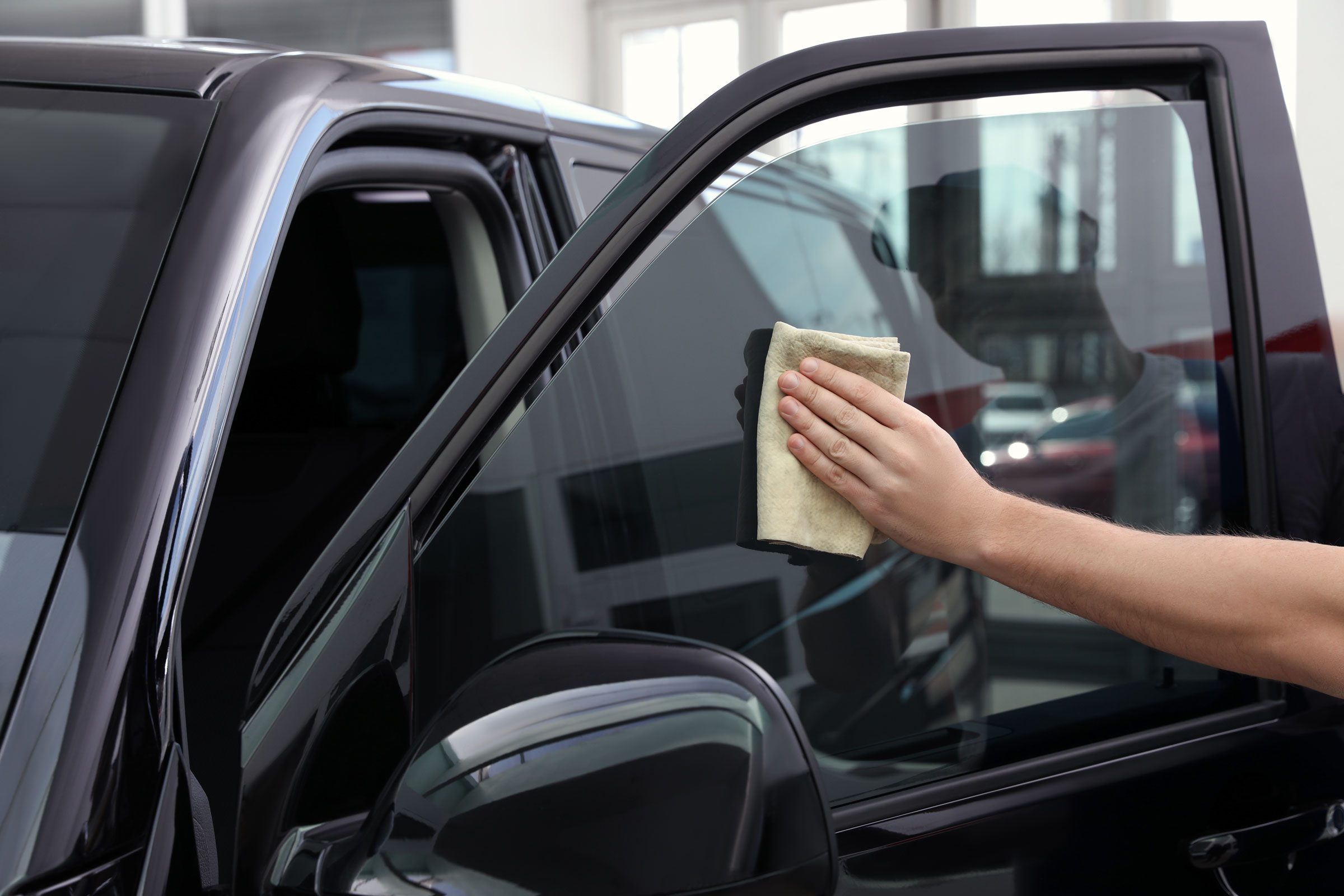Window Tinting Regulations and Guidelines: What You Required to Know Before Tinting Your Cars And Truck
Before continuing with window tinting for your vehicle, it is important to acquaint on your own with the varied legislations and standards that control this method throughout various states. These laws determine the permitted levels of tint darkness, commonly gauged by noticeable light transmission (VLT) percents, and consist of certain specifications for front windscreens focused on guaranteeing road safety and security. In addition, certain territories might supply clinical exceptions for people with qualifying problems. Understanding these intricacies can conserve you from possible legal ramifications, however what are the particular policies in your state?
Review of Window Tinting Rules
Home window tinting regulations are often subject to variant across various territories, reflecting regional laws and safety considerations. These laws determine the permitted levels of color darkness and reflectiveness on automobile windows, making sure that motorists maintain ample exposure while likewise shielding versus dangerous UV rays and warm.
The majority of laws classify home window tinting based upon the Visible Light Transmission (VLT) portion, which suggests the quantity of light that can pass with the window. Typically, lower VLT percentages indicate darker tints. Legislations often differentiate between the front, side, and back windows, with more stringent limitations put on the front windshield to improve safety for both the vehicle driver and other road individuals.
Additionally, some jurisdictions impose limitations on the reflectivity of the color, avoiding too much glow that could hinder visibility. Exceptions to these legislations might exist for individuals with certain medical conditions needing added sunlight defense. Conformity with window tinting laws is essential, as offenses can result in penalties, necessary elimination of the tint, and prospective rises in insurance coverage premiums. Consequently, it is important for lorry proprietors to acquaint themselves with local regulations before continuing with window tinting installations.
State-by-State Color Laws
Recognizing the details window tinting laws in each state is crucial for automobile proprietors seeking to conform with the law. Each state in the united state has actually developed its very own set of policies controling window tinting, which can differ substantially. These regulations frequently determine the permitted levels of tint darkness, the sorts of home windows that can be tinted, and any kind of clinical exemptions that may apply.
For example, states like California have stringent constraints on color darkness for front home windows, while others, such as New Mexico, might enable darker colors. Additionally, certain states mandate details presence percentages for numerous windows, including the windshield, front side windows, and rear home windows. It is essential for car proprietors to acquaint themselves with their state's legislations to stay clear of prospective fines or fines.
Additionally, some states may need an accreditation sticker label to be placed on colored windows, showing conformity with state legislations. Failing to comply with these guidelines not only runs the risk of legal consequences but can additionally impact safety and security and visibility while driving. Automobile proprietors ought to carry out extensive research or get in touch with regional authorities to ensure full understanding and conformity with state-by-state tint regulations.
Allowed Tint Types and levels
Several lorry proprietors might be amazed to learn that enabled color degrees and types differ extensively across different states. Each state has actually developed its very own regulations regarding the permitted darkness and reflectivity of home window color, frequently measured by Visible Light Transmission (VLT) portions. VLT describes the quantity of light that try here can pass via the tinted home windows; thus, a lower percent indicates a darker tint.

In addition, the sorts of tint materials enabled can differ, with some states restricting metallic or mirror-like finishes. It is vital for automobile proprietors to familiarize themselves with their state's specific laws to make certain compliance. Non-compliance can cause fines, obligatory elimination of the color, or various other lawful effects, making it essential to recognize these laws before waging dig this installment.
Medical Exemptions for Tinting
While not all states supply allowances for medical exemptions relating to home window tinting, those that do identify the necessity for details people to enhance exposure and convenience due to medical conditions. Different clinical conditions, such as lupus, skin cancer, and certain eye disorders, can make people especially delicate to sunlight. These individuals might need darker tints to safeguard themselves from unsafe UV rays and glare.

It is important to note that even with a clinical exception, there might still be restrictions on the level of tint allowed. Compliance with state legislations makes sure that individuals are both safeguarded and within legal restrictions. Those taking into consideration medical exemptions must contact their neighborhood Division of Motor Cars or comparable authority to understand the treatments and needs essential to look for an exemption properly.
Charges for Non-Compliance
Falling short to abide with home window tinting laws can cause considerable charges, which vary by state. Legislation enforcement firms are equipped to provide citations for automobiles that visit their website do not abide by the defined tinting policies. These charges normally consist of penalties, which can vary from small total up to a number of hundred dollars, depending on the extent of the violation and the state concerned.
In some territories, repeated offenses might lead to intensifying fines or additional penalties, such as necessary court looks. Additionally, non-compliance may demand the removal of unlawful tinting, frequently at the owner's cost. In extreme cases, regular wrongdoers might encounter suspension of their car enrollment up until conformity is achieved.
In addition, insurance policy implications might occur from receiving numerous citations for window color infractions. Insurance firms may watch such offenses as an indicator of riskier actions, possibly bring about raised premiums or problem in protection.
To stay clear of these penalties, it is critical for automobile owners to acquaint themselves with their regional home window tinting regulations and ensure that their car complies (Window Tinting). This proactive approach not just prevents lawful ramifications but likewise advertises road security
Final Thought

Many laws categorize home window tinting based on the Visible Light Transmission (VLT) portion, which shows the amount of light that can pass with the window. Conformity with home window tinting policies is critical, as violations can result in penalties, mandatory removal of the color, and prospective boosts in insurance policy premiums.Comprehending the certain window tinting policies in each state is crucial for lorry owners looking for to conform with the legislation. These regulations typically determine the allowable degrees of tint darkness, the kinds of home windows that can be tinted, and any medical exemptions that might apply.
For instance, states like The golden state have strict restrictions on tint darkness for front windows, while others, such as New Mexico, might allow darker colors.